Why does the wallpaper peel off?
There may be several reasons why the wallpaper peels off. The main ones are:
- Poor preparation of walls for wallpapering... If you do not remove the remnants of old coatings from the walls (wallpaper, paper, lime or whitewash) - new stripes are likely to recede.
- Work on a dry base... Plaster, putty, primer must dry completely - haste will lead to flaking.
- Unsuitable wallpaper glue... In hardware stores, you can find special glue - for paper, vinyl, non-woven fabric. If you are pasting several rooms at once using different wallpaper, take the composition marked "for all types of wallpaper."
- Wrong microclimate. Everyone knows that until the wallpaper is completely dry, there should be no drafts in the room. In addition, avoid sudden changes in temperature, too high humidity. By the way, too dry air or accelerating drying with a heat gun, hair dryer, radiator will also negatively affect the quality of the finish.
- Lack of glue... Chose glue for gluing, lit it according to all the rules, but regretted it when applying it? Wait for the wallpaper to peel off the wall.
The reason may be an emergency in the form of a freezing wall or flooding from neighbors from above - yellow spots will appear on the surface from excess moisture, the canvases will move away. In this case, just gluing is not enough - you will have to change it.
To improve adhesion, you should:
- completely remove the old finish;
- wait until the preparatory compounds are completely dry;
- choose a suitable wallpaper glue (with a working expiration date), dilute it correctly;
- close windows, doors;
- apply enough glue, remove excess.
Professional painters do not recommend to carry out restoration or finishing during the heating season - it is better to do it in dry, warm summer weather. Room temperature ~ 20 degrees, humidity - no more than 60%.
How to glue the joints?
Most often, the wallpaper peels off precisely at the joints - these areas are the most vulnerable, it is not so easy to glue the wallpaper here.
- Prepare a narrow putty knife, brush, primer or glue, joint glue (sold ready-made in a convenient tube format), a roller with a rubber roller.
- Gently bend the edges, clean the section of the wall that is under them as much as possible from dust, putty.
- Apply a primer or a thin layer of glue, wait until it dries completely.
- Coat with glue for the joints, attach them to each other, roll with a rubber roller with force.
- Remove excess glue with a clean cloth - this should be done immediately, the dried paste is almost impossible to remove from the outside.
Important! Even if the wallpaper just peeled off at the junction, there was little work, until the areas were completely dry, windows and doors should be kept closed.
If the joint is located on corner or in a hard-to-reach place, gluing wallpaper is no different - the only thing is that you will have to apply the glue either with a thin curved brush or with a syringe with a needle.
We re-glue a large area
To glue wallpaper in a room that has peeled off a whole strip or part of it, the mechanism will be slightly different. wallpapering, prepare the necessary tools:
- High quality special glue for your type of material. PVA glue is not suitable in this case - it can leave marks on the surface after drying.
- Clean dry brush. The size must correspond to the dimensions of the area where the wallpaper has departed.
- Plastic spatula. Special wallpaper, can be replaced with a rubber roller or towel.
- Rags. Remove excess adhesive with a clean cloth. Choose non-staining, light-colored, highly absorbent materials.
If you need to glue wallpaper under the ceiling, first install a high chair or stepladder.
Instructions on how to properly glue the wallpaper:
- Fold back the part of the wallpaper that has come off. We clean the wall with a strip from adhered debris, putty, dust. Use a brush, rag, paintbrush, putty knife, or vacuum cleaner. Professionals do not recommend washing the coatings: but if there is nowhere without water, after washing everything should be thoroughly dried.
- We apply the diluted glue to the wall and canvas, wait 5 minutes so that it has time to absorb, softening the paper a little.
- We apply the strip to the wall (if both surfaces are dry, grease it again with glue), adjust it according to the picture, and join it with neighboring canvases.
- Press carefully, level with a wallpaper spatula, removing creases, bubbles. If glue flows out, remove it with a rag.
Advice! If a bubble is found in an already glued area, use a syringe with a needle - with its help, glue is supplied to the place where the wallpaper is peeled off, it becomes possible to correct the defect.
Type guidelines
How best to glue the wallpaper at home that has peeled off depends not only on the size of the problem area, but also kind finishing materials.
Non-woven
The most popular a type... The good thing is that the glue is applied only to the wall. This is true both for the initial sticking, so in case you need to glue the gone wallpaper. However, if the canvas is stubborn, it can also be smeared with glue - it will become softer, stick better.
Important! We recommend that you avoid getting glue on the outer coating. Otherwise, wipe off the product very carefully so as not to damage or erase the pattern.
Vinyl
They are found on a paper or non-woven base, but they all have the same coating - polyvinyl chloride (foamed or hot stamping).
Depending on the base, the glue is applied either to the canvas itself (paper) or to the wall (non-woven). The second option is more modern and convenient to use. If you are in doubt which type you got, apply an adhesive on both surfaces, it will not be worse for paper or non-woven fabric.
Important! For vinyl special durable glue is especially important. If you don't have one in stock, buy a box marked "for vinyl wallpaper."
Paper
The most inexpensive, environmentally friendly, but at the same time the least practical finishing material. Problem paper in the complexity of working with it - after distributing the glue along the strip, it should be left for 5-10 minutes until it swells, then glued to the wall. Because of this feature, the canvases are quite delicate, it is not easy to smooth them.
If the joints are parted, you should not use a spatula forcibly when smoothing them - gently press the edges together, helping yourself with a clean soft cloth.
Whatever wallpaper leaves the wall, before putting them back in place, check the surface for cracks, breaks. If any are found, you should first restore them, let the putty dry, only then proceed to the points from the previous section.
What if the wallpaper is old?
Unfortunately, the wallpaper departs not only after the repair a month ago, but also quite old: how to return the canvases, which are 2-3 years old, to their place, if the next repair is not yet planned?
- Firstly, the main thing should be understood: the canvases are lagging behind for a reason, most likely there is a certain problem on the wall. For example, a crack has appeared or it is soaked. Therefore, the first step is to examine the wall for defects, fix them.
- Secondly, pay attention to the material that has gone away: most likely it is dried up, in its original form it will not lie on the wall as it should. Do not wet with water, just soak with glue (works on any type).
- Thirdly, be sure to use a primer: the old one has been absorbed long ago, it no longer works. The primer must be suitable: other types, for example, under putty, create a strong film that does not allow the glue to be absorbed, and has a bad effect on adhesion.
If you notice a defect on your wall - do not be discouraged! It is not difficult to fix it, the main thing is to follow the sequence of actions.


 10 practical tips for arranging a small kitchen in the country
10 practical tips for arranging a small kitchen in the country
 12 simple ideas for a small garden that will make it visually spacious
12 simple ideas for a small garden that will make it visually spacious
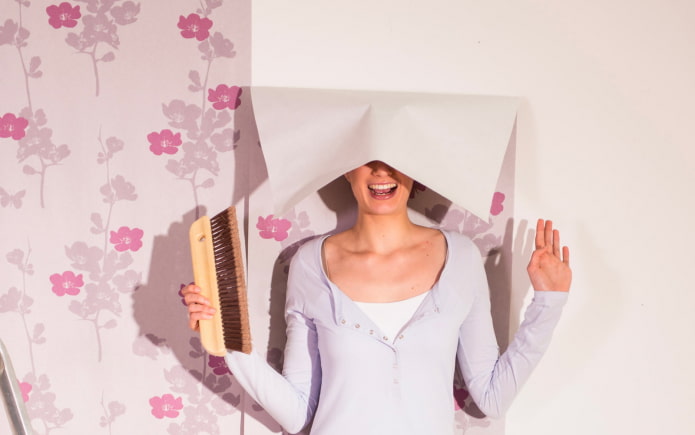

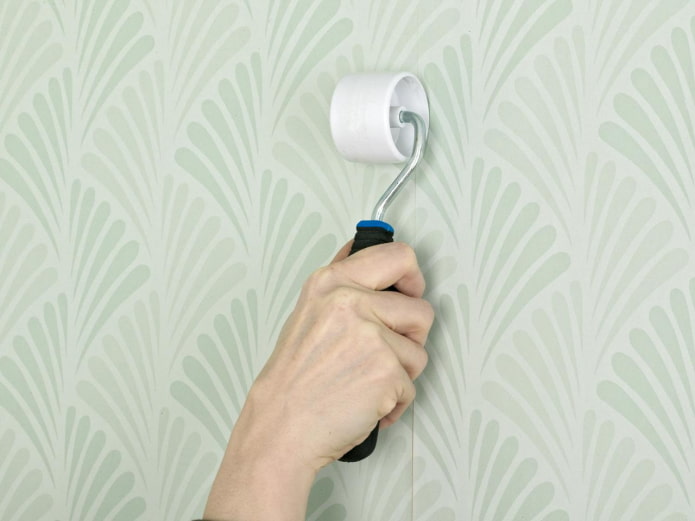
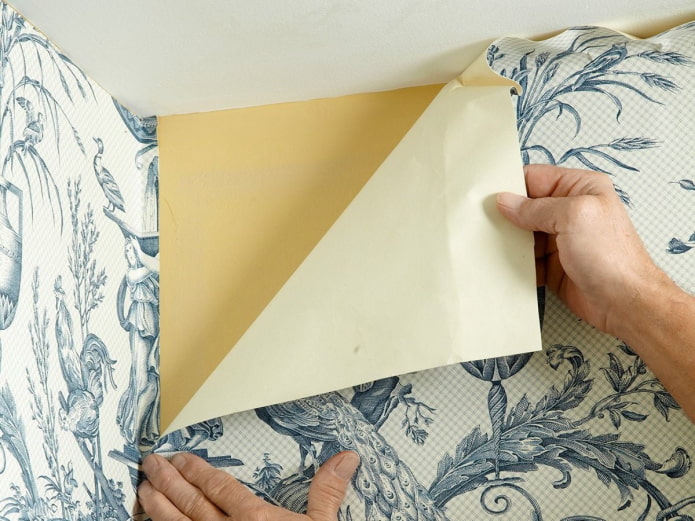

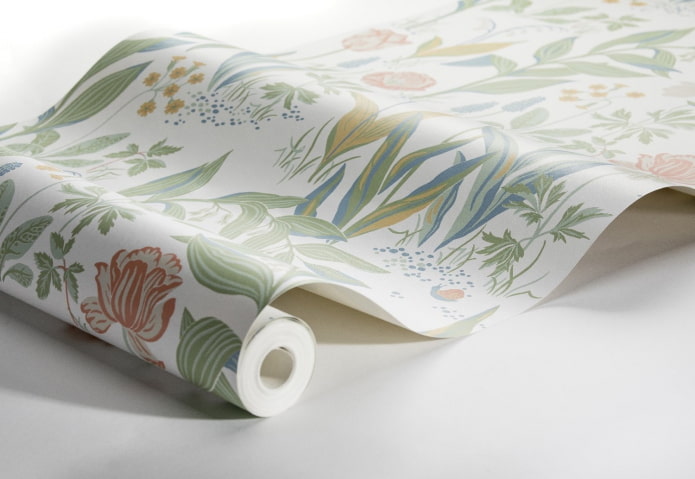
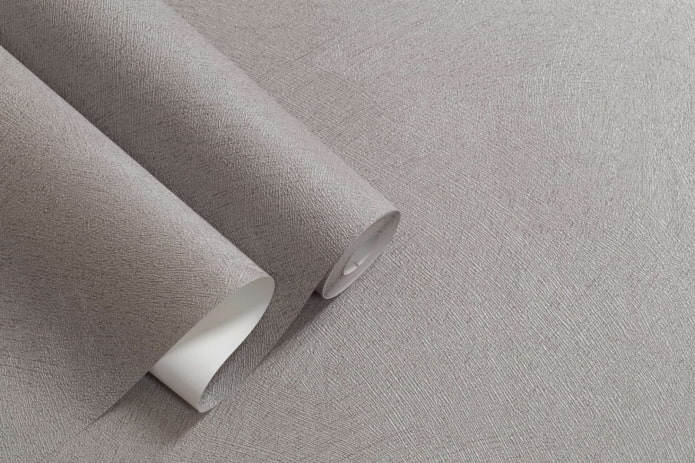
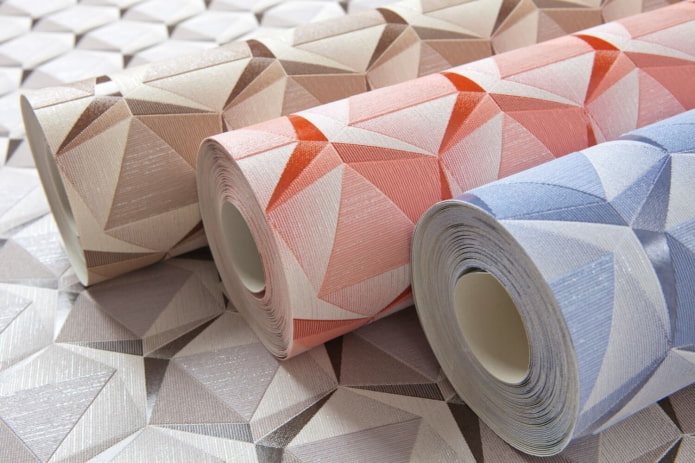
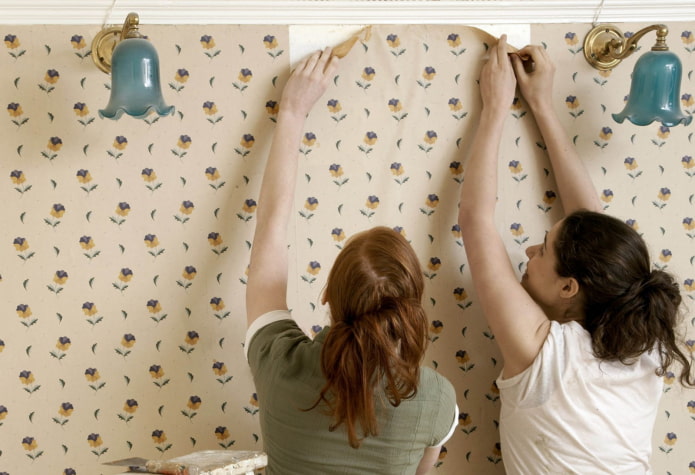
 What is better not to do it yourself during the repair?
What is better not to do it yourself during the repair? Bloated linoleum: how to fix it without disassembly
Bloated linoleum: how to fix it without disassembly The worst decisions in apartment renovation
The worst decisions in apartment renovation  Installation of ceiling tiles: choice of materials, preparation, order of work
Installation of ceiling tiles: choice of materials, preparation, order of work How to glue a ceiling plinth to a stretch ceiling?
How to glue a ceiling plinth to a stretch ceiling? Ceiling plinth for stretch ceiling: types, recommendations for selection
Ceiling plinth for stretch ceiling: types, recommendations for selection